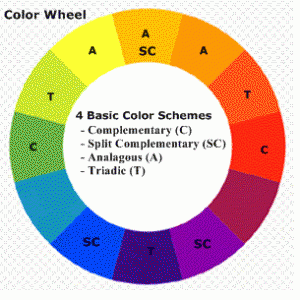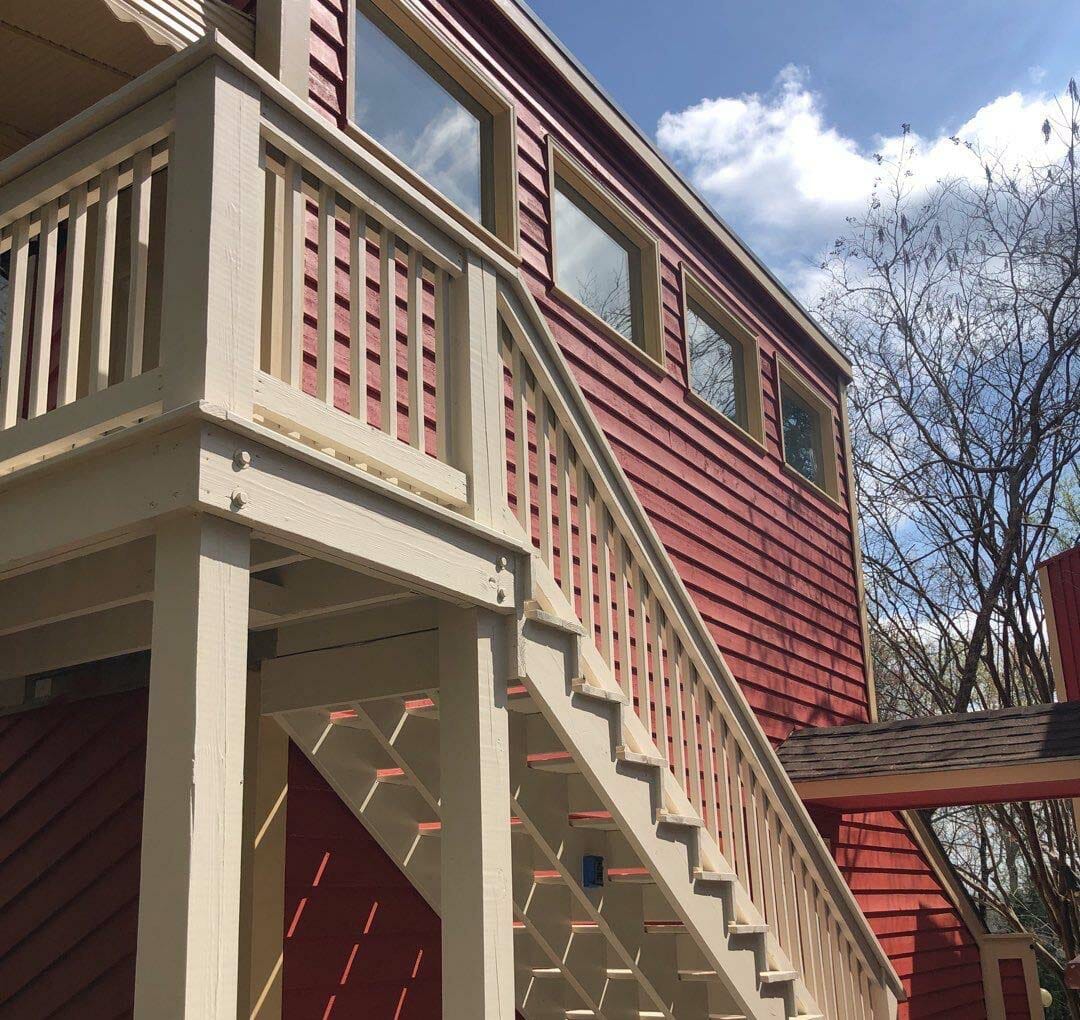
Selecting the right exterior house paint color schemes is pivotal for any homeowner looking to enhance the curb appeal and market value of their property. The colors chosen for the exterior walls not only reflect the homeowner’s personal style but also have a significant impact on the home’s overall aesthetic.
A well-thought-out color scheme can transform an ordinary home into a standout feature of the neighborhood, making it more inviting and appealing to potential buyers. The process requires careful consideration of the home’s architectural style, the surrounding environment, and the message or mood the homeowner wishes to convey.
The impact of exterior paint colors extends beyond the surface, deeply influencing a home’s appearance and the satisfaction of the homeowner. The right color scheme can highlight architectural details, mask design flaws, and set the home apart from its surroundings.
However, the selection process can be daunting, given the endless array of colors available. This is where the expertise of professional painting companies, like BCI, becomes invaluable.
Professionals can provide guidance on the latest trends, color combinations that work well together, and the best choices to complement the home’s existing features. Their advice ensures that homeowners make informed decisions, leading to results that are both beautiful and enduring.

Understanding the basic types of color schemes is essential for anyone looking to refresh their home’s exterior. Here are four generic styles that homeowners can consider:
The monochromatic color scheme is celebrated for its simplicity and elegance. It involves selecting a base color and then using lighter and darker shades of that color to accentuate different parts of the home’s exterior. This method simplifies the color selection process, reducing the risk of clashing hues while allowing each architectural element to shine.
Strategic use of shades can highlight features such as trim, doors, and shutters, adding depth and texture to the facade. A monochromatic scheme can also serve as a timeless and sophisticated backdrop, adaptable to various styles and preferences.
Complementary color schemes utilize two colors that sit opposite each other on the color wheel, creating a vibrant and lively exterior that demands attention. This bold pairing brings out the best in both hues, enhancing the visual appeal of a home’s facade with a striking contrast that’s both dynamic and harmonious.
Examples of successful complementary pairings include a deep blue with a warm, sunset orange or a rich violet paired with a vibrant yellow. These combinations make the exterior pop, providing a lively and energetic feel to the home.
The tricolored exterior house painting pattern is an adventurous choice that uses three colors equally spaced around the color wheel. This scheme offers a rich and vibrant palette that can make a home stand out in its neighborhood.
Achieving the right balance with a triadic color scheme requires color harmony and professional guidance. Without expert advice, the combination may become overwhelming or disjointed.
When done right, a triadic scheme can create a lively look. For example, combining soft green, bold orange, and muted purple. Professionals can assist in selecting the right shades and achieving balance for an elegant and attractive home.
Analogous color schemes involve selecting colors that are next to each other on the color wheel, creating a cohesive and harmonious appearance. This pattern is less about contrast and more about subtlety and blending, offering a serene and pleasing aesthetic.
Analogous colors, commonly found in nature, are perfect for a soft and inviting home exterior. For instance, a gradient of blues from sky blue to navy mimics the sky’s transition towards the horizon. Similarly, combining greens and yellows reflects a lush, verdant landscape.
For a balanced scheme, select one dominant color for the exterior and use the others as accents for trim, doors, and shutters. This creates a unified and visually intriguing home.
Neutral exterior paint colors offer unparalleled versatility, serving as a perfect backdrop for both bold and subtle color schemes. Neutrals like off-white, beige, gray, and taupe are timeless choices that can complement any architectural style and blend seamlessly with the surroundings.
They provide a calm and elegant look to the home’s exterior, with the added benefit of potentially increasing its market appeal. Neutrals are particularly effective when used in combination with pops of color on the front door, window trim, or shutters, adding personality and flair without overwhelming the senses.
Utilizing exterior house paint color schemes to highlight architectural features can significantly enhance a home’s curb appeal. Strategic color choices can draw attention to unique details such as exterior wood, white trim, and ornate facades.
For example, using a contrasting color for window trims or eaves can beautifully frame your home’s windows, making them stand out against the primary wall color. Similarly, painting exterior wood elements with a complementing color can add depth and character.
White trim is a timeless choice that complements any color scheme, providing a clean, crisp look that enhances the home’s architecture. Consider highlighting specific elements and selecting hues that accentuate these features without overpowering the overall design.

The complexity of choosing the right exterior paint color schemes and ensuring their proper application underscores the value of professional guidance. A professional painting company like BCI brings expertise in color selection, an understanding of material compatibility, and skilled craftsmanship.
Professional painters guarantee a flawless application, with attention to detail that DIY efforts often miss. Consulting with experts like BCI not only ensures the selection of the perfect color scheme but also guarantees a quality finish that lasts.
The timing of an exterior painting project is crucial for ensuring the paint’s optimal application and longevity. Weather and temperature play significant roles in how paint dries and adheres to surfaces.
Generally, mild weather conditions — typically in late spring through early fall — are ideal for exterior painting. Temperatures that are too high can cause paint to dry too quickly, leading to uneven application and visible brush strokes, while too low temperatures can prevent proper drying and curing.
Planning your painting project during the right season ensures the paint adheres correctly, dries evenly, and provides a durable finish that will protect and beautify your home for years to come.
The journey to transforming your home’s exterior begins with carefully choosing the right paint color schemes. The right colors can not only refresh the look of your home but also enhance its architectural beauty and increase its market value. However, selecting the perfect palette is a complex process that benefits greatly from professional input.
Partnering with a professional painting company like BCI ensures access to expert advice, superior materials, and skilled application. Professionals can help you navigate the myriad of color choices, suggest the best times for painting, and execute the project with precision.
With our guidance, your painting project will not only elevate your home’s aesthetic but also ensure a successful outcome that reflects your personal style and enhances your property’s appeal.